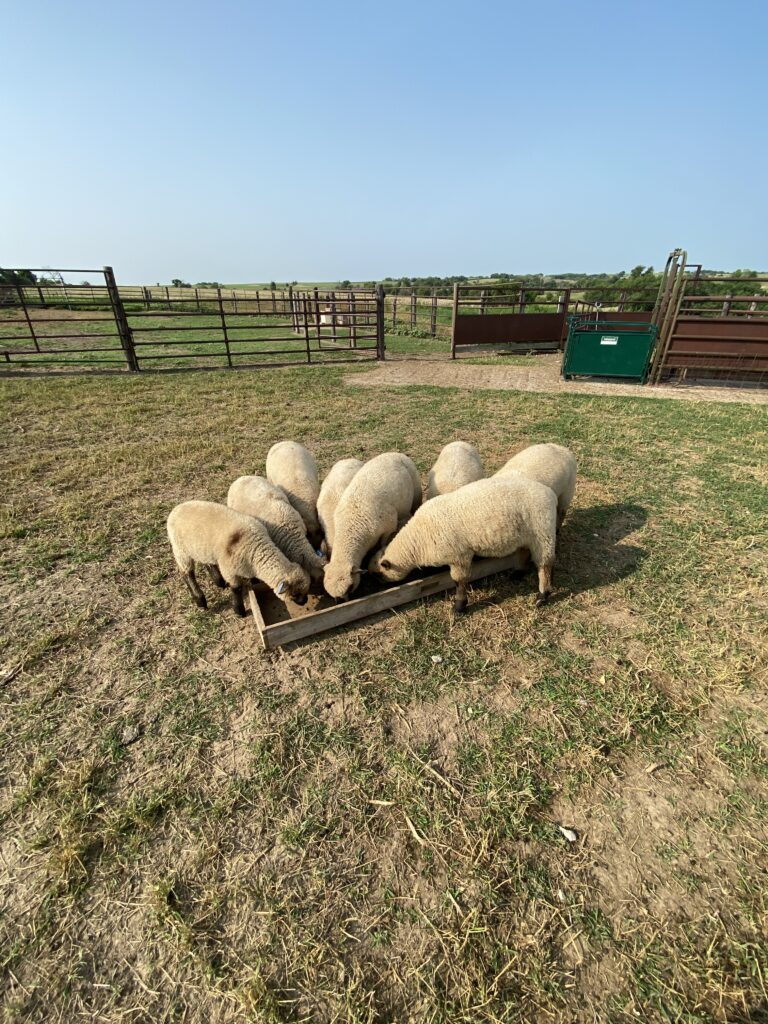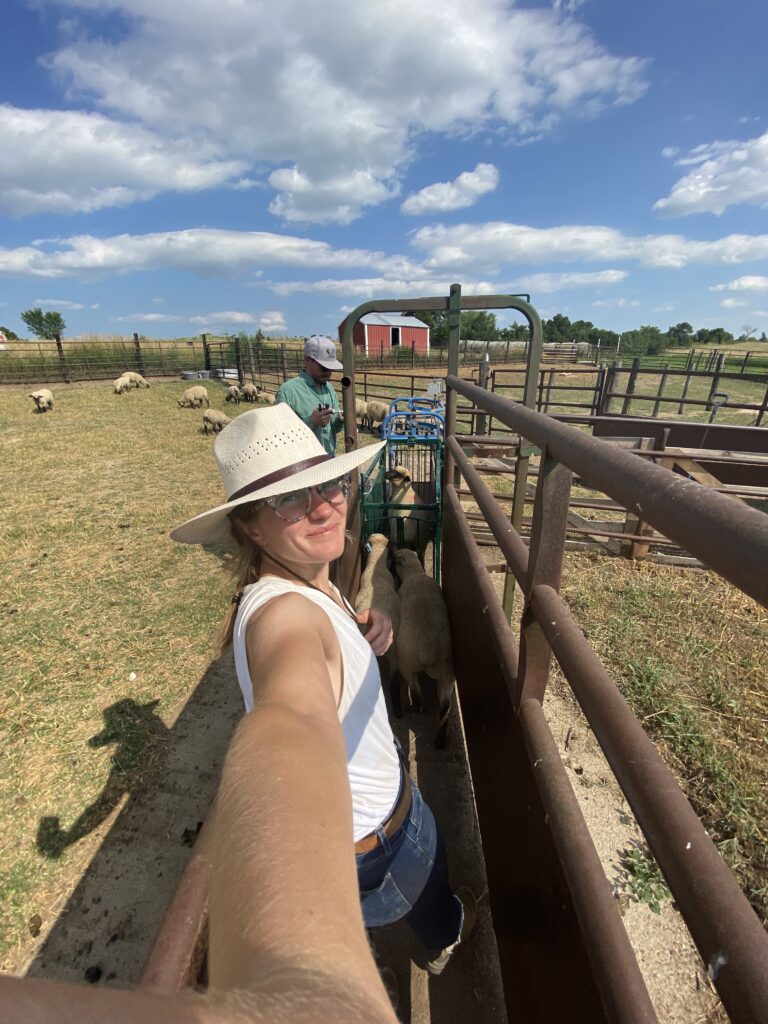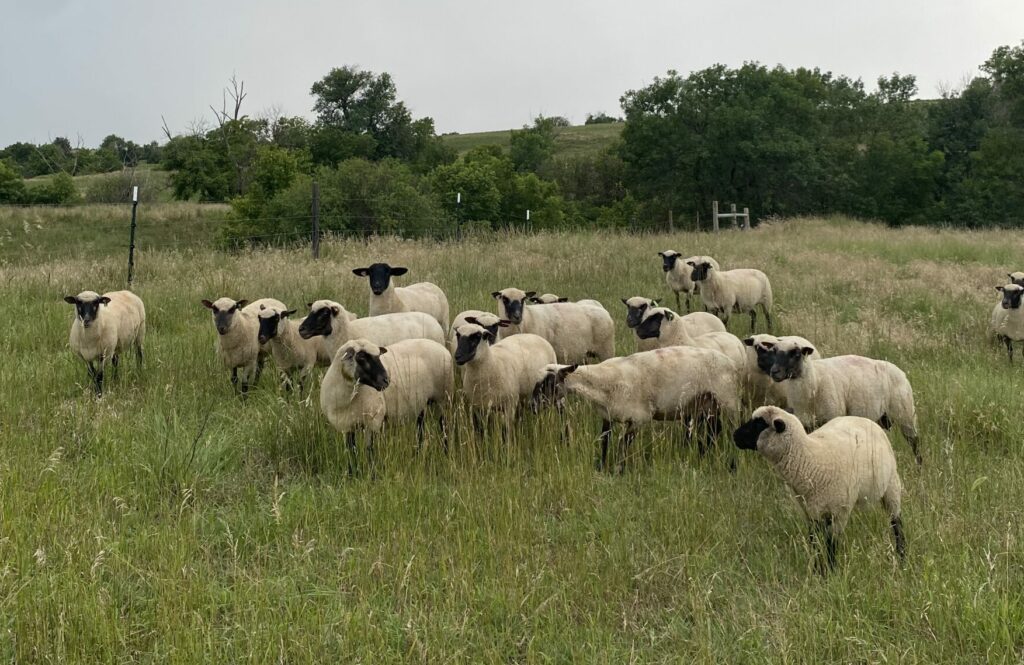By: Megan Landes-Murphy


It’s the loudest time of year on the ranch—weaning day. Weaning separates the ewes (female sheep) from their lambs (baby sheep). While it may seem harsh, it’s essential for the well-being of both the ewes and the lambs. It’s a bittersweet time when the lambs are ready to go out independently, and the moms get a much-deserved break from nursing.
Weaning Day
On the weaning day, we sort the lambs from the ewes, weigh the lambs and give them their CD/T booster vaccine, which prevents common diseases from anaerobic bacteria. Weaning weight is one of the heritable traits we select for our breeding program, and collecting this data is essential to improving the genetics of our flock.
We wean our lambs at the average age of 60 days old. This is the sweet spot that works for us. The lamb’s rumen (the organ used to digest food) might not be fully developed any sooner. Any later, we risk ram lambs coming into sexual maturity, and we do not want to have any “whoopsie” lambs in the middle of winter. Since our ewes have their lambs a little later in May, weaning at 60 days old helps save our pastures so we can graze the ewe flock longer into the fall and winter seasons.
The lambs are initially a bit nervous and call out for their moms, but they adapt to their new routine within about a day. To minimize their stress, we keep them in a familiar area. For the first 30 days, we closely monitor them for any health issues. We also provide supplemental feed to meet their nutritional needs and help them learn to find food on their own.

Fence Weaning
We’ve found that fence line weaning works well for us. Fence line weaning is where the lambs and ewes can see each other but are physically separated by a fence. After a couple of days, we’ll move the ewes to a pasture with lower protein grasses to help dry up their milk supply and to lessen the chances of any udder-related problems such as mastitis. Ewe nutritional requirements are most significant during lactation, so drying off ewes enables them to focus more nutrients toward their immune system to fight off common diseases and internal parasites.
After the 30 days of separation, we will let the ewe lambs back in with the mature ewes, and the ram lambs will go off grazing by themselves until they are big enough to be put in with the rest of the ram flock.
This careful management ensures that both the ewe and ram lambs develop properly and integrate smoothly into their respective groups, setting them up for a healthy and productive future.



